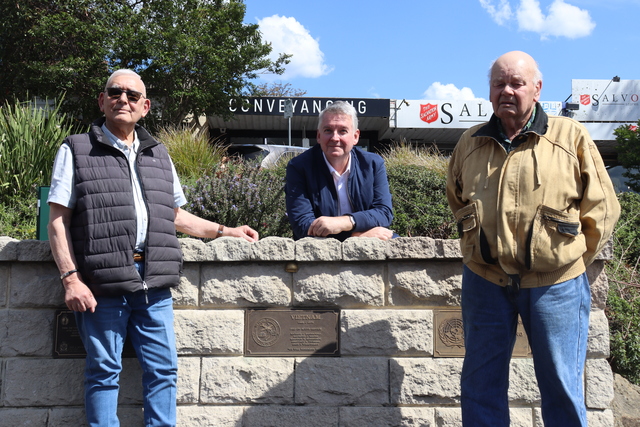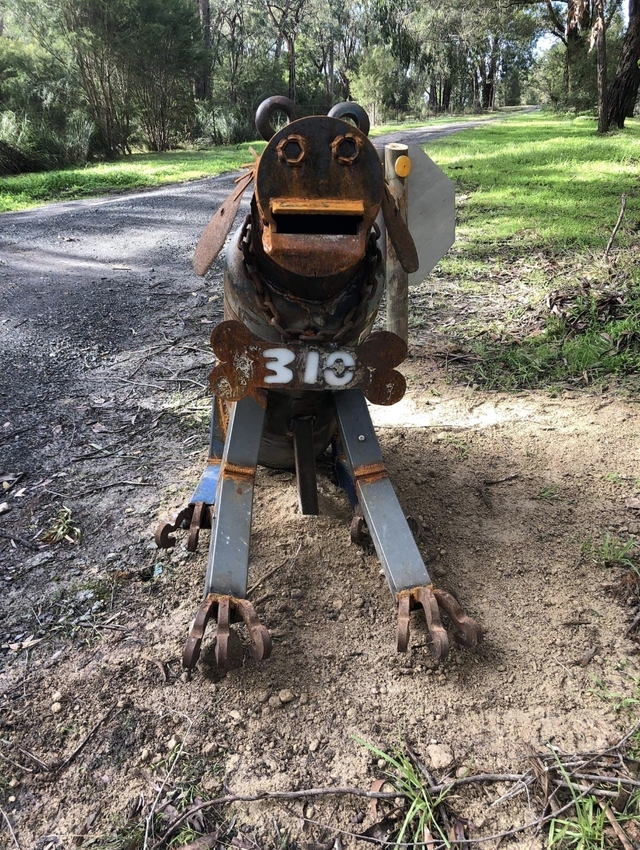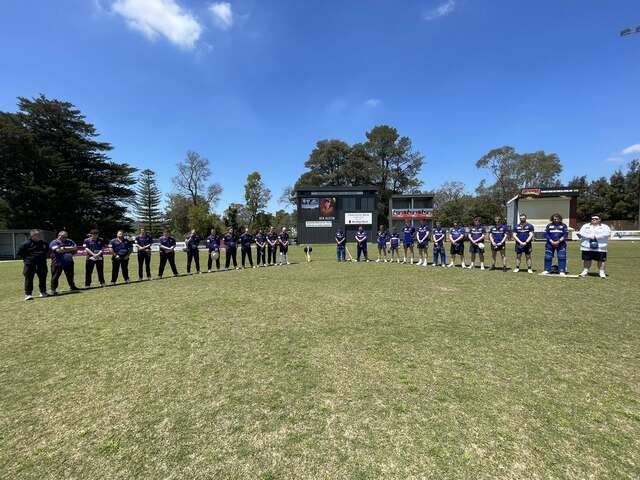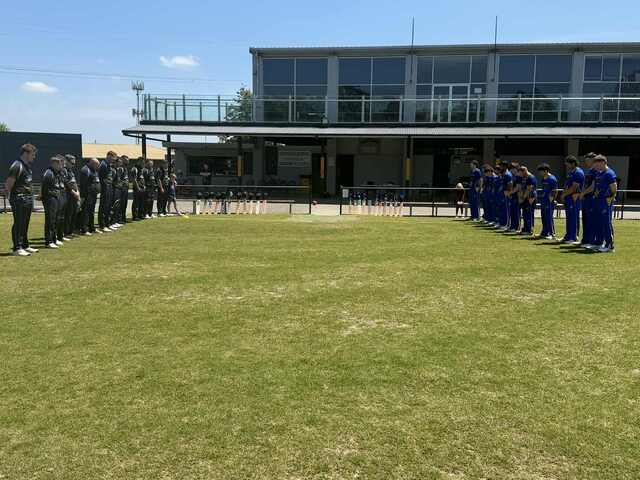By Kath Gannaway
Melbourne Water point to the higher than average rainfall, and the flow-on effects of the 2009 bushfires as the cause for the changed flow patterns which have seen the racecourse flooded from nearby Steels Creek.
But YVRC CEO Brett Shambrook says action is needed now if the organisation is to keep its head above water.
Mr Shambrook said the not-for-profit club was looking at a record year until the first flood in September.
The second flood just before the club’s big Melbourne Cup meeting washed away the $400,000 sand training track, and robbed the club of an estimated $300,000 profit.
“That’s tough to overcome,” said Mr Shambrook who explained they were not covered by insurance because it was flood damage, not storm damage.
Where they are covered, the cost, although thousands of dollars is less than the huge insurance excess, and the club has to wear it again.
While harness racing has continued, the more lucrative thoroughbred meetings have been not been held at Yarra Glen since November.
Damage to the main track has meant the meetings have been moved to other racing centres, meaning a further estimated loss of around $100,000.
Mr Shambrook said he believed Yarra Valley Racing Centre was the only business impacted by the change in the flow patterns of Steels Creek.
“In the two years since Black Saturday Melbourne Water doesn’t appear to have done anything to mitigate what they knew was potentially a huge problem, and didn’t warn us.
“They are now telling us it is going to take five years for the catchment area to recover and for them to think we can be flooded out every five weeks for the next five years is just preposterous,” Mr Shambrook said.
Melbourne Water say they are working with the YVRC to find solutions.
Melbourne Water’s Manager of Floodplain Services, Phillip Neville, said racetracks were built on floodplains because it is one of few appropriate uses.
He said after a decade of drought the recent exceptionally high rainfall was resulting in flooding.
“Ironically, the Black Saturday bushfires are believed to have played a part in the flooding by destroying the vegetation that would normally hold back some run-off from the Steels Creek catchment,” Mr Neville said.
He said the ground was less absorbent because of the fires and less effective at draining.
Mr Shambrook however says it is not just the major floods which are the problem.
“I can cop the big rain events, we are in a flood plain, but what I can’t understand is why we are getting the same impact when we get just 25millimetres and Steels Creek isn’t full and the Yarra River isn’t full.
“It’s easy to blame the bushfires, I think Melbourne Water have an obligation to offer us some sort of leadership and protection against this,” he said.
Mr Neville said Melbourne Water would continue to work with the YVRC to see what could be done to lessen the impact of frequent floods.
“Unfortunately though, there are limitations to what we can do, simply because of the location of Yarra Glen racecourse,” he warned.
“The area is in a junction between the Yarra River and Steels Creek and is therefore prone to flooding during severe rain.”
Club off track
Digital Editions
-

Local Vietnam vets encouraged to share stories for new history book
Purchase this photo from Pic Store: 514632 Historian Anthony McAleer OAM has been documenting the history of the Shire of Lillydale and its Military Heritage…





